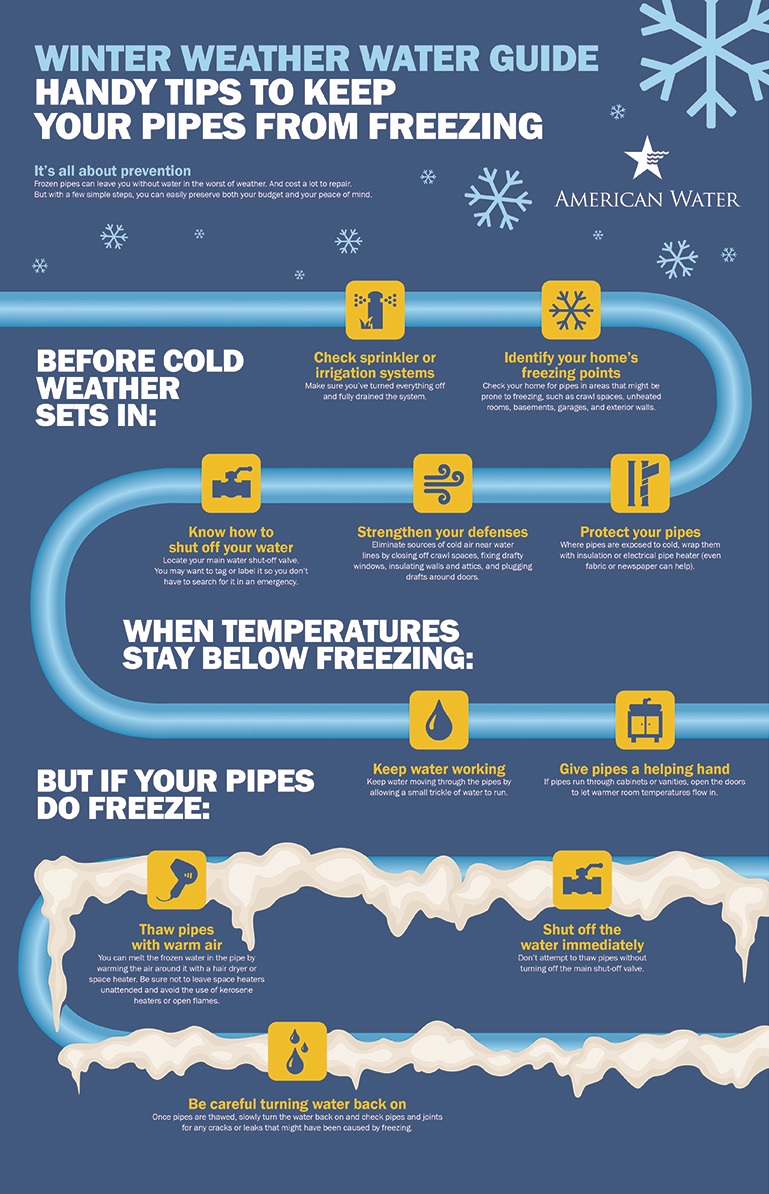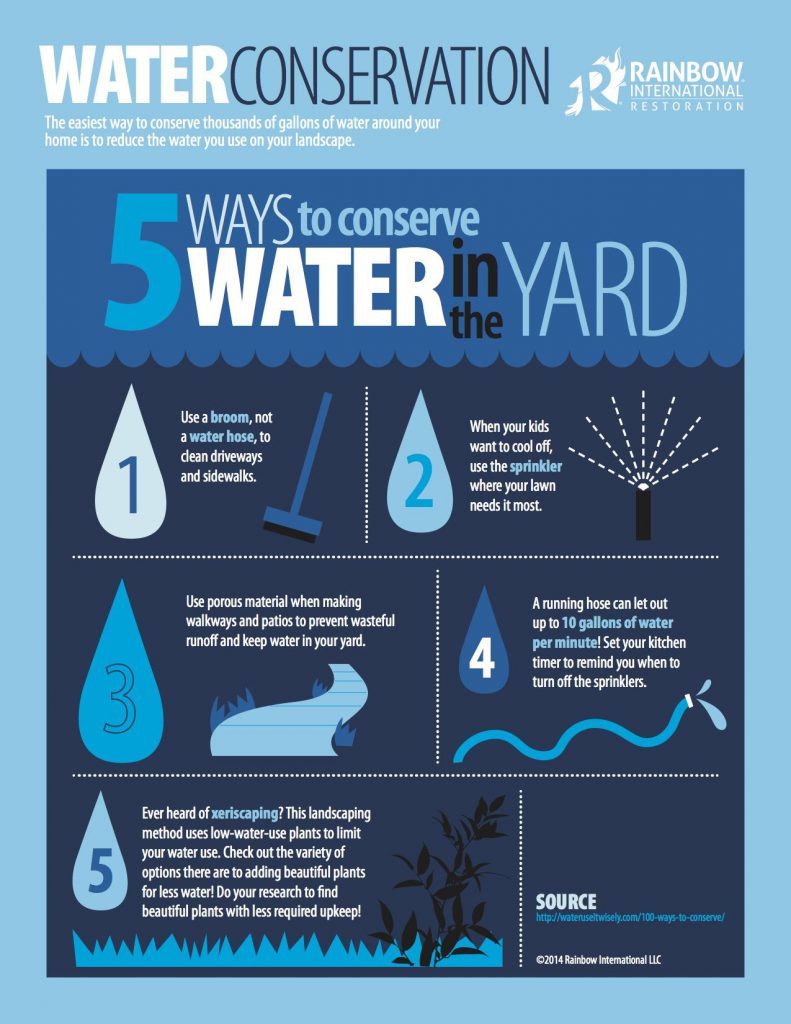helpful tips
Ways to Conserve Water
Most of us take for granted an abundant supply of good, fresh water. We meet our daily needs when we turn on the faucet and get seemingly unlimited running water. However, this situation is changing as more and more communities face water shortages.
Conservation is everyone’s responsibility. Water shortages are real, touching many United States communities each year. Because water conservation is a good defense against shortages, it should happen all the time, not just when shortages occur.
There are many ways to save water in and around your home. Here are some that might get the best results:
- Stop leaks
- Replace old toilets with models that use 1.6 gallons or less per flush
- Replace old clothes washers with EPA Energy Star certified models
- Plant the right kind of garden that requires less water
- Provide only the water the plants need
- When washing dishes by hand, don’t let the water run while rinsing. Fill one sink with wash water and another with rinse water
- Run your clothes washer and dishwasher only when they are full. You can save up to 1,000 gallons a month
- When buying new appliances, consider those that offer cycle and load adjustments. They’re both water and energy efficient
- Shorten your shower by a minute or two and you’ll save up to 150 gallons per month. Use a water efficient shower head and you can save up to 750 gallons a month
- Teach everyone in your household to turn off faucets tightly after each use
Typical usage:
- Shower – 25-50 gallons (5-10 gallons/minute)
- Bath – 36 gallons (full tub)
- Toilet flush – 5-7 gallons (less with new low-flow toilets!)
- Brushing teeth – 2 gallons (tap running)
- Hand washing – 2 gallons (tap running)
- Shaving – 3-5 gallons (tap running)
- Dish washing – 20 gallons (tap running)
- Automatic dishwasher – 12 gallons (full cycle)
- Clothes washer – 30-60 gallons (full cycle)
- Outdoor watering – 5-10 gallons per minutes
understand leaks
Leaks on your internal plumbing system, outdoor sprinkler, and service line aren’t always noticeable and can lead to significant water bills. Many leaks are simple fixes, while others may require a plumber. Know where your mater water shut-off valve is located. This could save water & prevent damage to your home.
Toilet
- Toilets are the most common culprit for leaks. Don’t ignore a running toilet or put off repairs. Leaks in toilets can waste up to 1,400 to2,800 gallons of water per day, depending on the age of the toilet and severity of the leak.
- Put food coloring in your toilet tank. If it seeps into the toilet bowl without flushing, you have a leak. Fixing it can save up to 1,000 gallons a month.
faucet
- Faucet leaks are usually caused by worn washers or O rings. Check your faucet washer periodically to detect signs of deterioration.
- By fixing a leaking faucet, you can save 40 gallons a week.
service line
Telltale signs of a leak are water running down the road, a soggy patch of grass, or a green patch of grass when the surrounding sod is parched.
Irrigation system
- Leaks in an irrigation system can occur in several places. Most leaks occur because a valve fails to shut completely, but leaks in system pipes are not unheard of.
- Broken heads are not technically a “leak” because the water provides benefit to your lawn. However, excess water coming from a broken head when the system is operating is unexpected.
outside tap
- Check for leaking water, particularly during the summer watering season. A hose left dribbling in the grass or garden can waste thousands of gallons of water during the course of the summer.
- Close outside faucets tightly every time you shut off the water
general information
Monitor your water bill for unusually high usage. Your bill and water meter are tools that can help you discover leaks.


